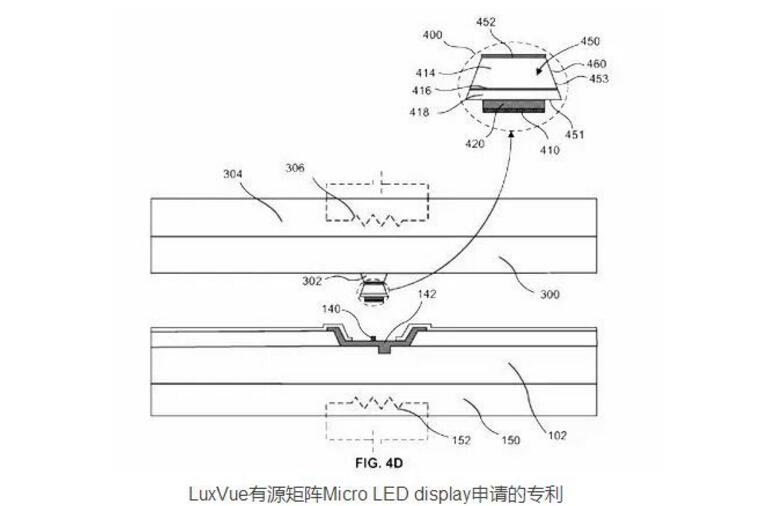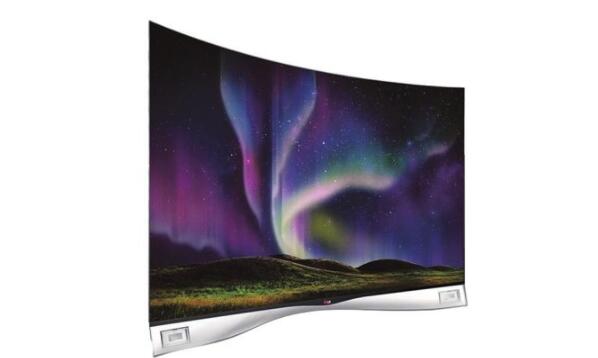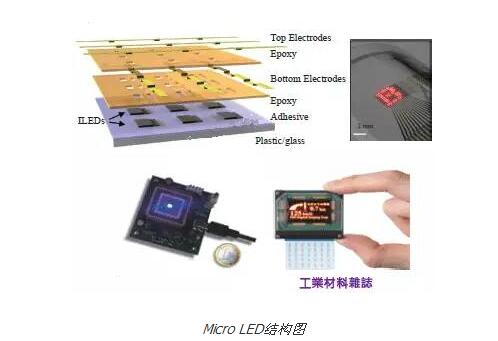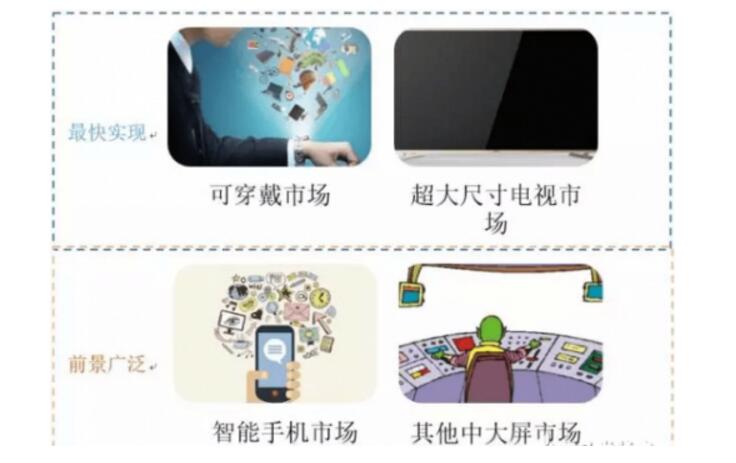**Introduction to Micro LED**
MicroLED is a next-generation display technology that offers superior brightness, improved luminous efficiency, and lower power consumption compared to existing OLED technologies. In May 2017, Apple started exploring this new display solution. Then, in February 2018, Samsung unveiled its MicroLED TV at CES 2018, marking a significant step forward in the industry.
**Micro LED Features**
One of the main advantages of MicroLED is its ability to deliver higher brightness, better energy efficiency, and lower power usage than traditional OLEDs. These features make it ideal for use in TVs, smartphones, and tablets. The potential of MicroLED is vast, with the ability to provide vivid colors, excellent contrast, and high resolution.

**History of Micro LED**
The journey of MicroLED began with the use of LEDs as backlights in TFT-LCD displays during the 1990s. Although LEDs offered high color saturation and energy savings, their high cost, poor heat dissipation, and low efficiency limited their adoption. However, by 2000, advancements in blue LED chips enabled the production of white LEDs through phosphor conversion, leading to widespread use in backlighting. By 2008, white LED backlights became dominant, replacing CCFL in most display applications.
Despite these improvements, TFT-LCD still had limitations—low light efficiency due to non-self-luminous design, limited color saturation, and insufficient brightness for outdoor use. This prompted the development of self-luminous display technologies, such as MicroLED, which directly uses red, green, and blue LEDs as pixel elements.

**Micro LED Technology Principle**
MicroLED operates by miniaturizing and arraying LED structures, typically ranging from 1 to 10 micrometers in size. These tiny LEDs are then transferred in bulk onto a substrate—either rigid or flexible. After deposition of protective layers and upper electrodes, the display can be packaged to complete the structure.
To create a full display, each pixel must be individually addressable and driven. When combined with CMOS circuits, this forms an active matrix architecture, enabling precise control over each LED. Additionally, integrating a microlens array enhances brightness and contrast. By sequentially energizing the grid electrodes, images can be displayed efficiently.

A typical MicroLED consists of a PN junction made from a direct bandgap semiconductor. When a forward voltage is applied, electrons and holes recombine in the active region, emitting light. The spectral width (FWHM) is around 20 nm, resulting in extremely high color saturation—often exceeding 120% NTSC. With LED efficiency now reaching over 100 lm/W, MicroLED is well-suited for both low-power and high-brightness applications.
This technology addresses two major issues in current displays: excessive power consumption in mobile devices and poor visibility under bright ambient light. MicroLED’s self-illuminating nature and simple structure allow for efficient energy use and high brightness, making it ideal for wearable tech and outdoor displays.
**Advantages of Micro LED**
MicroLED offers several key benefits:
- **High Brightness**: Up to 30 times brighter than OLED.
- **Low Power Consumption**: Consumes about 10% of LCD and 50% of OLED power.
- **Ultra High Resolution**: Capable of up to 1500 PPI, far surpassing OLED’s 300 PPI.
- **Long Lifespan**: Inorganic materials ensure longer life than OLEDs.
- **Flexible Size**: Suitable for various applications, from small wearables to large TVs.
- **Cost Potential**: As manufacturing improves, costs are expected to drop significantly.

**Micro LED Industry Chain**
The MicroLED supply chain includes components like the TFT substrate, ultra-thin LED dies, and driver ICs. These parts are largely inherited from existing LCD and LED industries, giving regions like Taiwan a strong foundation. However, challenges remain, especially in the "massive transfer" process, which involves placing millions of microLEDs onto a circuit board with extremely high precision.
Regions like South Korea, China, and Japan also have advanced industrial bases, but they have not shown the same level of enthusiasm for MicroLED. This is partly because they are focused on OLED, and the technical hurdles of MicroLED are still significant.
The core challenge lies in the integration of components, particularly the massive transfer process. Companies like MikroMesa and Chongqing Huike are working together to develop this critical technology, aiming to produce full-color MicroLED samples by 2018. However, the timeline for mass production remains uncertain.
**Future Applications of MicroLED**
Currently, MicroLED shows promise in two main areas: wearable devices and large TVs. Apple is reportedly planning to use MicroLED in future Apple Watches and iPhones, while Sony has demonstrated impressive MicroLED TVs at CES.
In the short term, MicroLED will likely dominate ultra-small displays. In the long run, it could revolutionize various fields, including AR/VR, head-up displays, Li-Fi, projectors, and even automotive lighting. With its unique advantages, MicroLED has the potential to become the next big thing in display technology.
Smd Led,Smd Fnd Display,Smd Led 0603 Display,Smd Led 0805 Display
Wuxi Ark Technology Electronic Co.,Ltd. , https://www.arkledcn.com